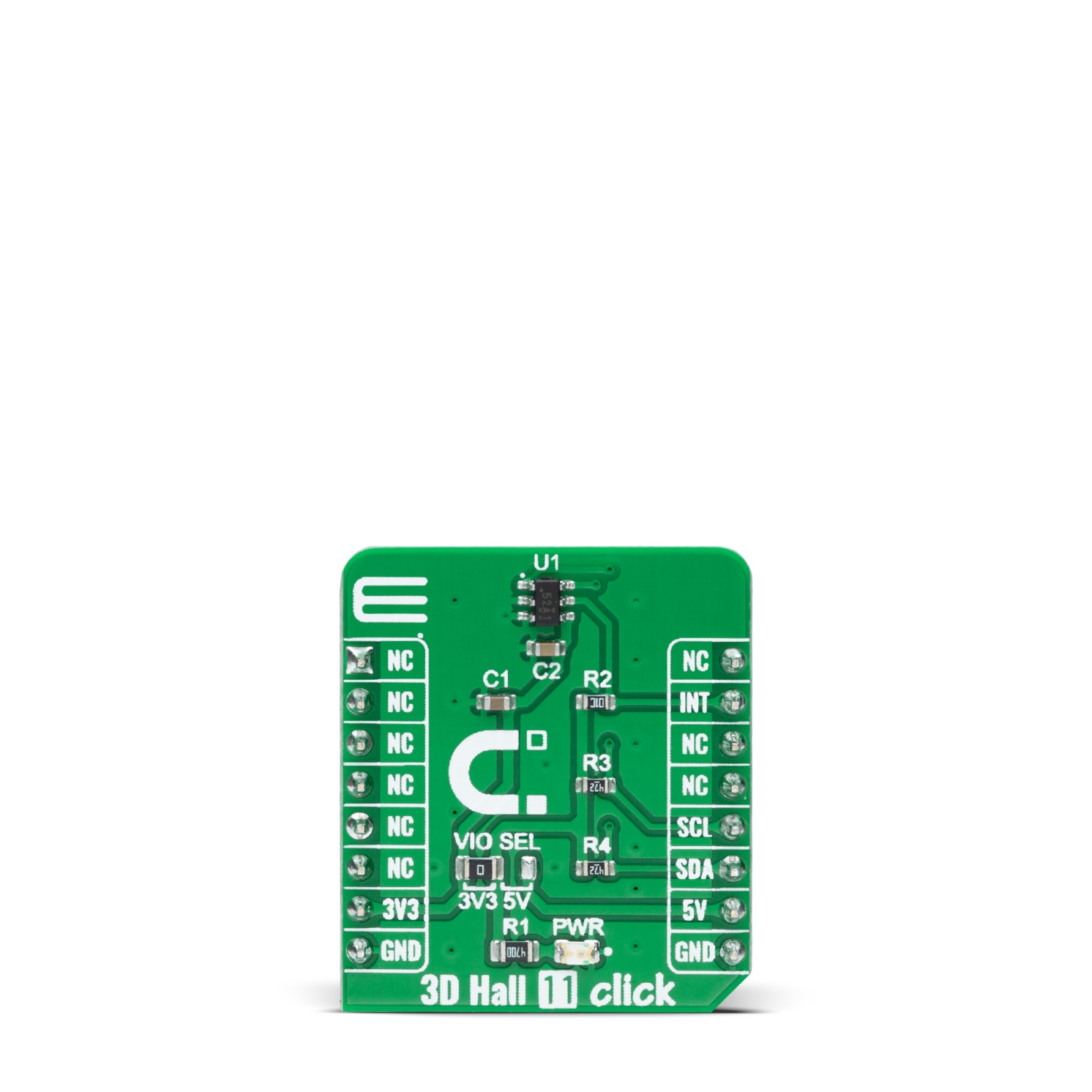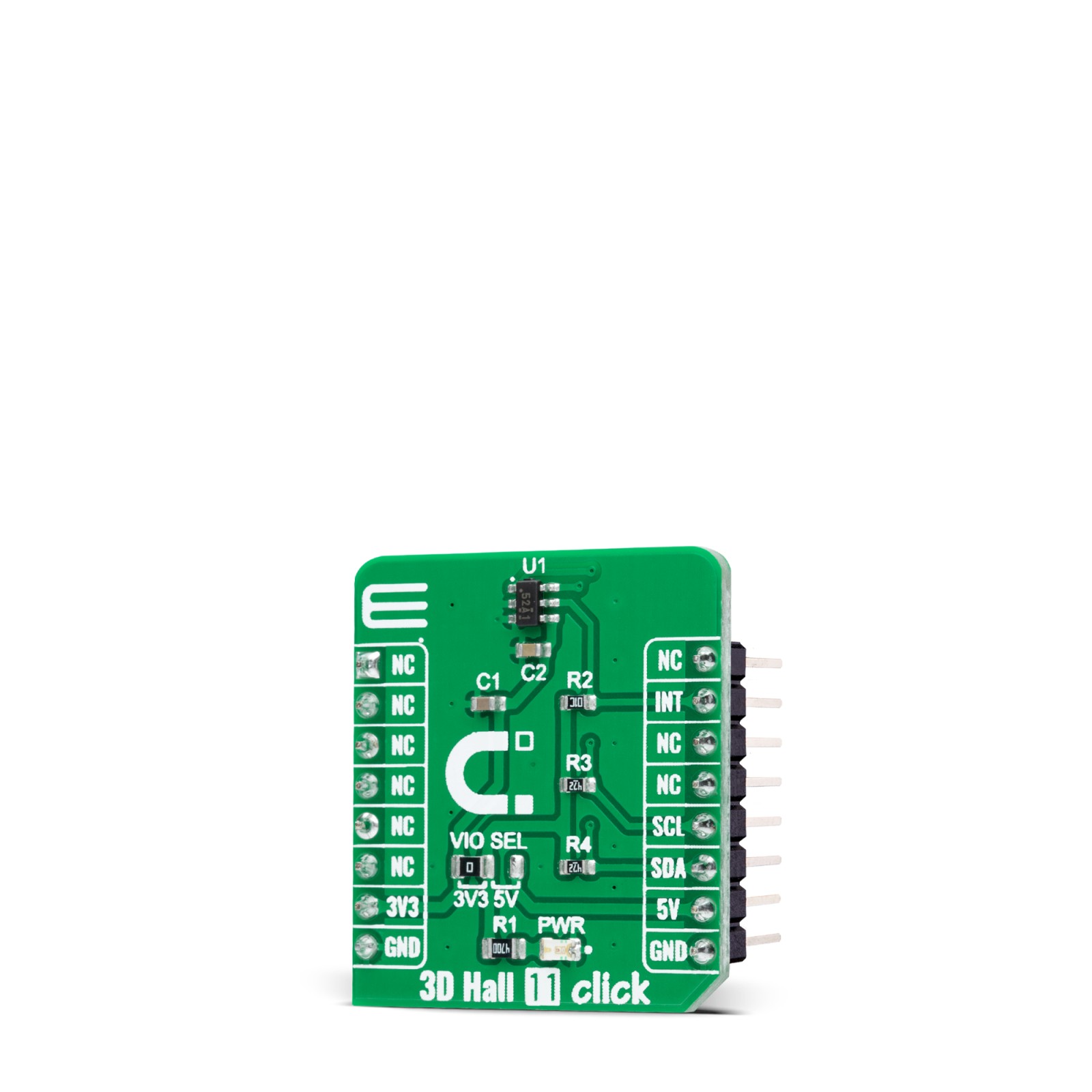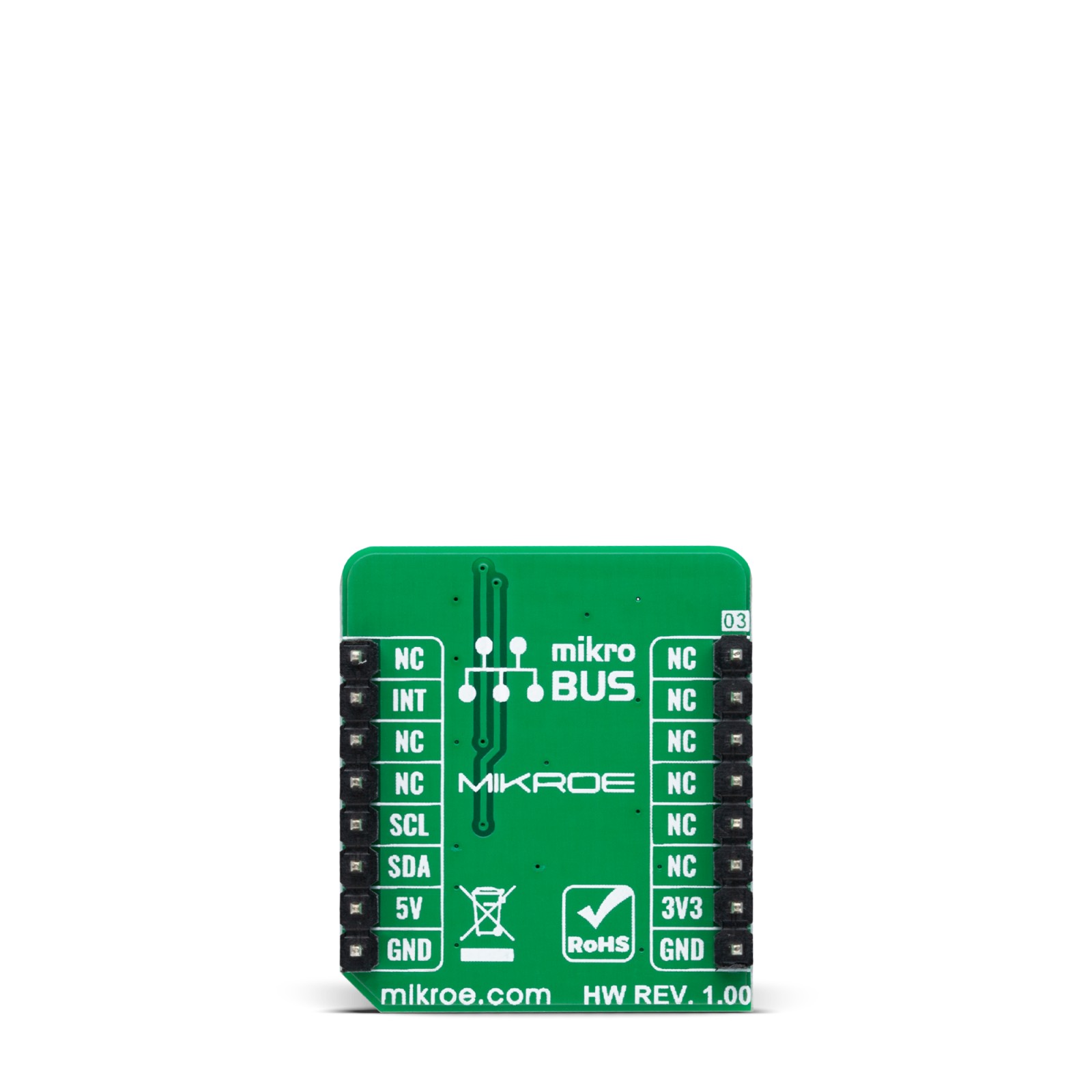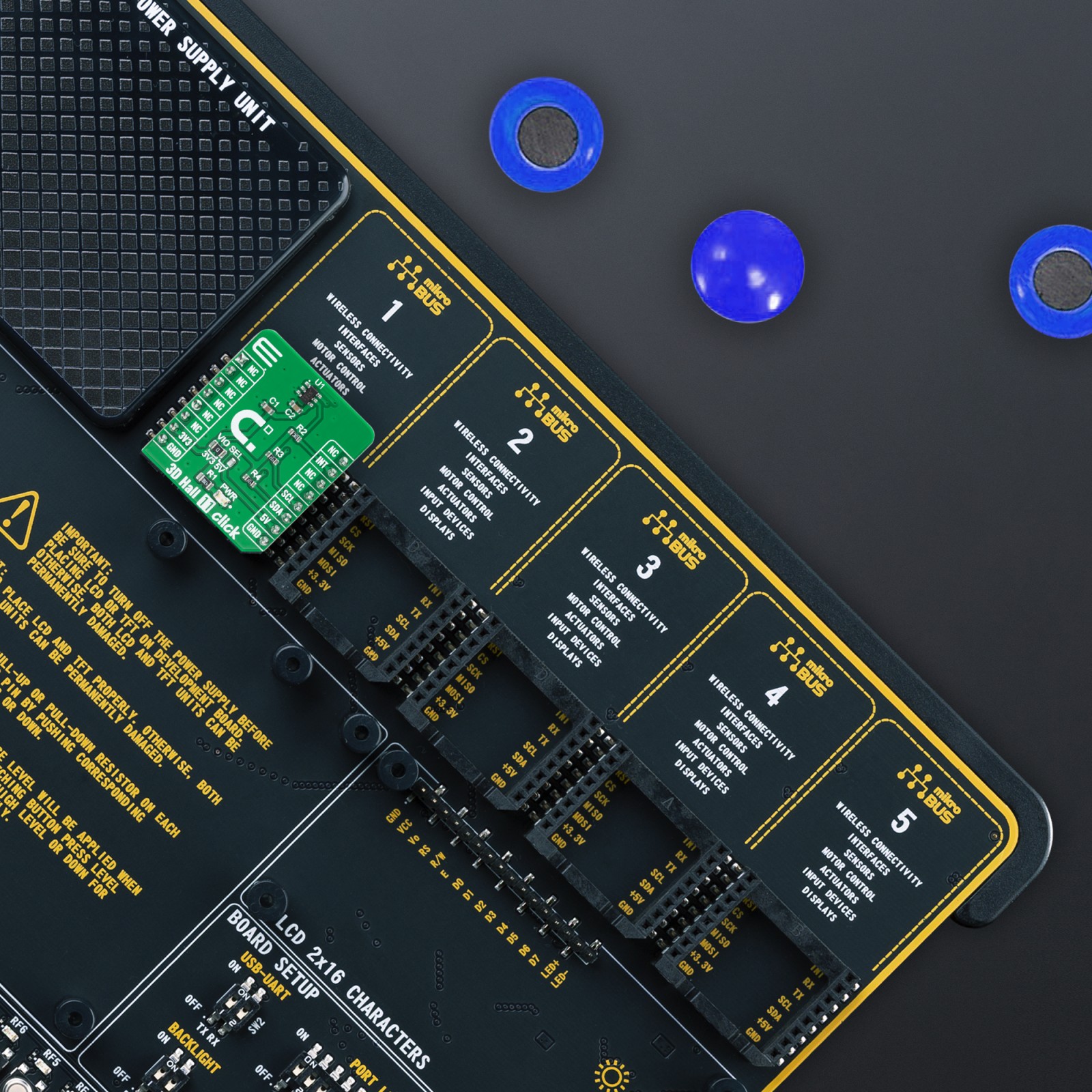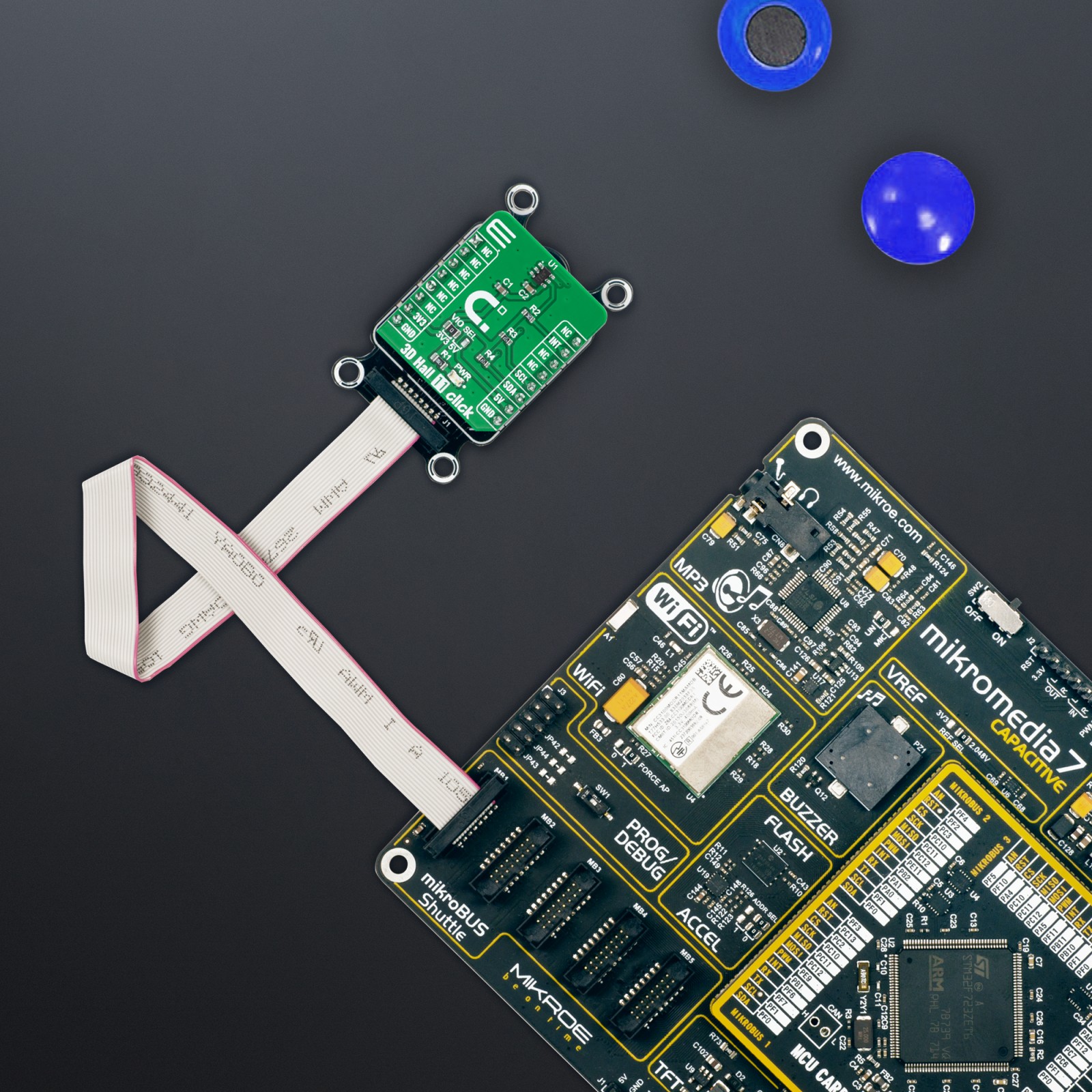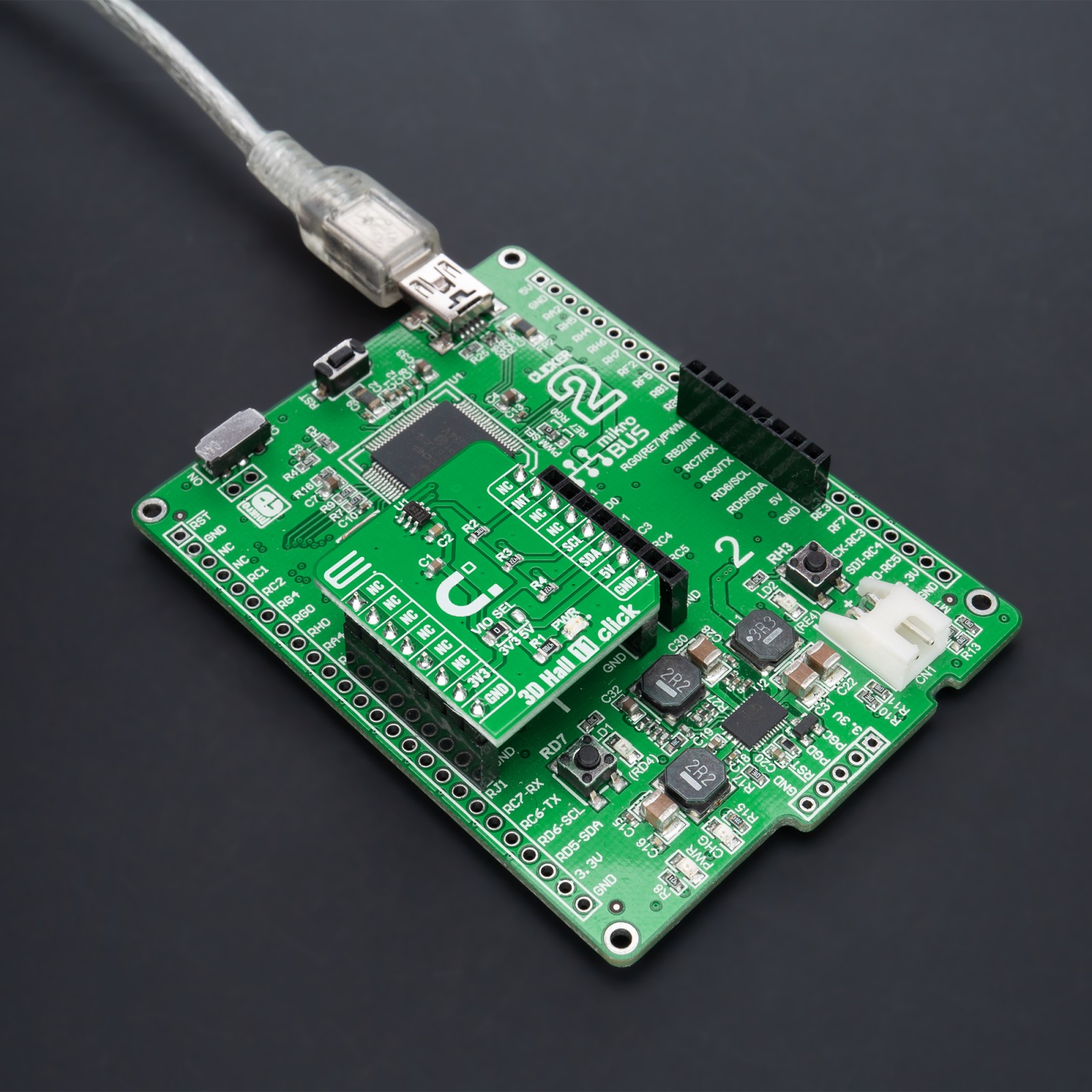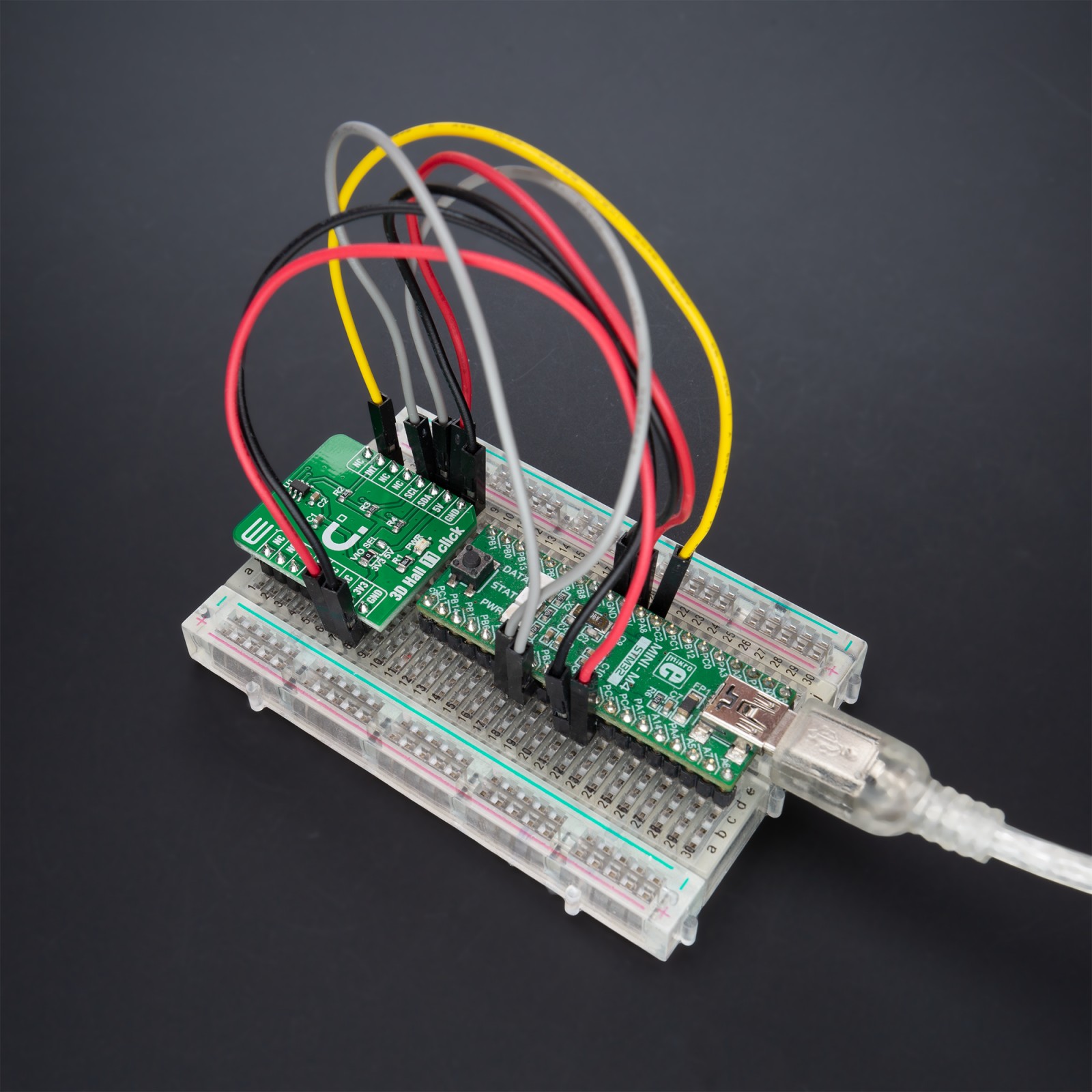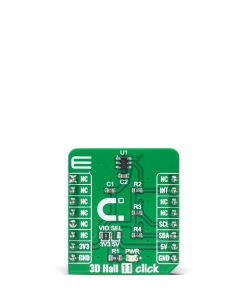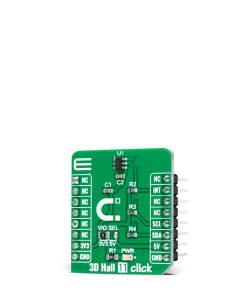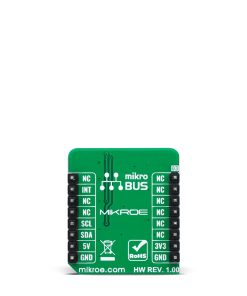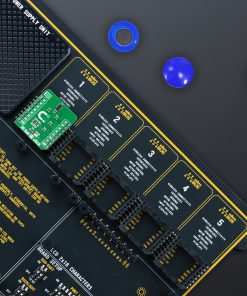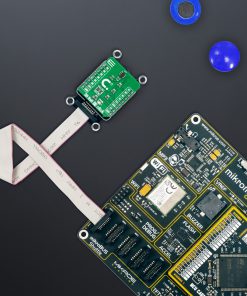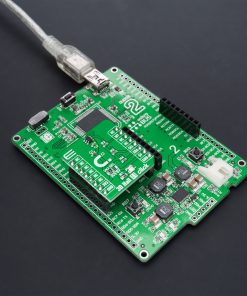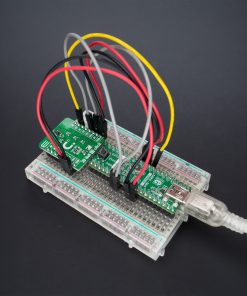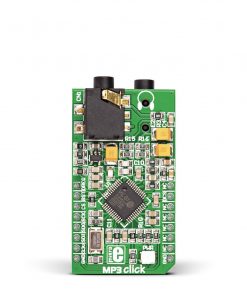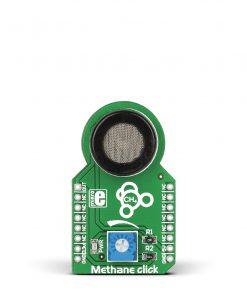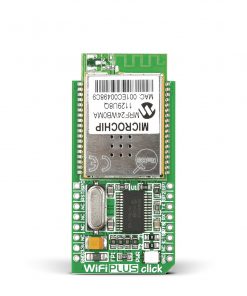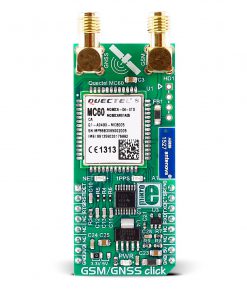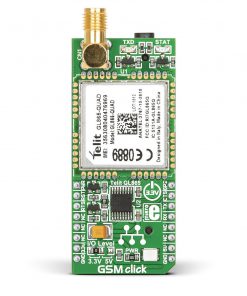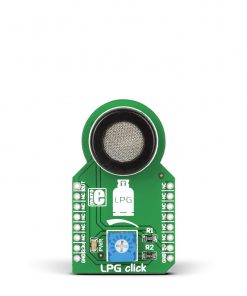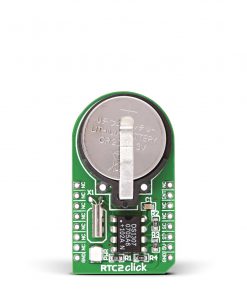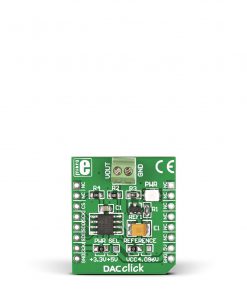3D Hall 11 Click
R130.00 ex. VAT
3D Hall 11 Click is a compact add-on board used to detect the strength of a magnetic field in all three dimensions. This board features the TMAG5273, a low-power linear 3D Hall-effect sensor from Texas Instruments. A precision analog signal chain alongside an integrated 12-bit ADC digitizes the measured analog magnetic field values and passes them via the I2C interface to the microcontroller for further processing. It can achieve ultra-high precision at speeds up to 20kSPS for faster and more accurate real-time control and has an integrated temperature sensor available for multiple system functions. This Click board™ is designed for a wide range of industrial and personal electronics applications.
3D Hall 11 Click is supported by a mikroSDK compliant library, which includes functions that simplify software development. This Click board™ comes as a fully tested product, ready to be used on a system equipped with the mikroBUS™ socket.
Stock: Lead-time applicable.
| 5+ | R123.50 |
| 10+ | R117.00 |
| 15+ | R110.50 |
| 20+ | R106.34 |

